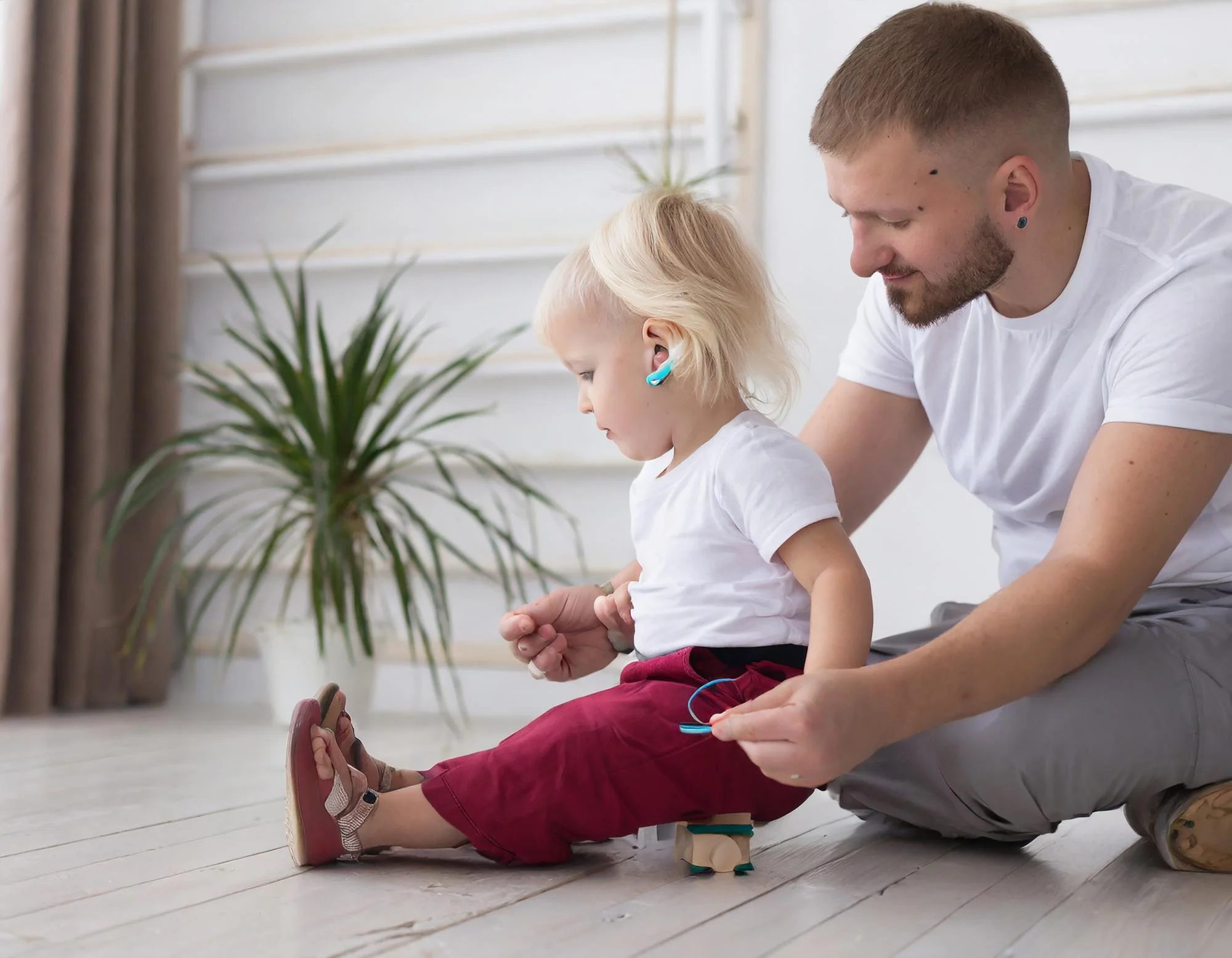Introduction
Footwear plays an essential role in children’s physical development and mobility, especially for children with disabilities. To better understand the specific needs of therapeutic footwear for children, researchers at the Centre for Biomechanics and Rehabilitation Technologies at Staffordshire University conducted a scoping review. This article delves into the findings of this comprehensive review and addresses the landscape of current research surrounding therapeutic footwear for children with mobility impairments.
Background
An estimated significant proportion of the global population living with disability are children with mobility impairments (UNICEF, 2013). Footwear represents the most critical extrinsic factor influencing a child’s gait and mobility (Disability Rights Commission, 2006; Blackburn et al., 2010). Despite advancements in research, a consistent understanding and terminology for therapeutic footwear in children are lacking.
Methodology
Hill, Healy, and Chockalingam (2019) conducted their review by performing a systematic search across several databases, including MEDLINE, CINAHL, PubMed, SPORTdiscus, and Scopus. They used MeSH headings and text terms related to children’s footwear, examining articles discussing footwear design and its effects. The inclusion criteria were vast – studies had to involve children aged 9 months to 18 years and consider the design, fit, and development and health impacts of footwear.
Findings
Out of 5006 articles, 287 met the inclusion criteria. The research was categorized into design-related studies and those examining footwear effects. Further, articles were grouped into therapeutic footwear with three sub-groups: corrective, accommodative, and functional. The majority of included studies focused on biomechanical and anthropometric aspects.
The State of Therapeutic Footwear Research
The review highlights a growing trend in empirical research on children’s footwear over the past decade, yet therapeutic footwear has not seen a similar surge in focused studies. A clear gap exists in empirical research specific to therapeutic footwear and its effects. Moreover, the terminology used to describe therapeutic footwear varies widely, leading to ambiguity and confusion within the field.
Implications for Future Research
The authors recommend adopting the term ‘children’s therapeutic footwear’ as the standard definition for footwear designed to support or alleviate mobility impairment in children (Hill et al., 2019). The sub-groupings of corrective, accommodative, and functional depend on the footwear’s intended therapeutic role. This standardization can help future studies to clearly classify and assess the effectiveness of various footwear interventions.
Conclusion
Despite the vital role of footwear in assisting children with mobility impairments, research in therapeutic footwear remains fragmented. Establishing consistent terminology and a focused approach to empirical research is necessary to advance the understanding of therapeutic footwear’s effects on child development and mobility. Stakeholders, including parents, healthcare professionals, and footwear designers, would benefit from clear and actionable insights derived from future research that adheres to standardized definitions and methodology.
DOI and References
DOI: 10.1186/s13047-019-0336-z
References
1. UNICEF. (2013). THE STATE OF THE WORLD’S CHILDREN 2013. United Nations Publication. Retrieved from https://data.unicef.org/wp-content/uploads/2015/12/SOWC_2013_75.pdf
2. Disability Rights Commision. (2006). Equal Treatment: Closing the Gap. Retrieved from http://oxleas.nhs.uk/site-media/cms-downloads/Equal_Treatment_Closing_the_Gap_FI_part1.pdf
3. Blackburn, C. M., Spencer, N. J., & Read, J. M. (2010). BMC Pediatr, 10, 21. doi: 10.1186/1471-2431-10-21
4. Hill, M. M., Healy, A. A., & Chockalingam, N. N. (2019). Journal of Foot and Ankle Research, 12, 2019. doi: 10.1186/s13047-019-0336-z
5. Ivanyi, B., et al. (2015). Prosthetics and Orthot Int, 39, 437-443. doi: 10.1177/0309364614543550
Keywords
1. Children’s Therapeutic Footwear
2. Pediatric Mobility Impairment
3. Gait Analysis in Children
4. Footwear and Child Development
5. Adaptive Orthotic Devices for Children
